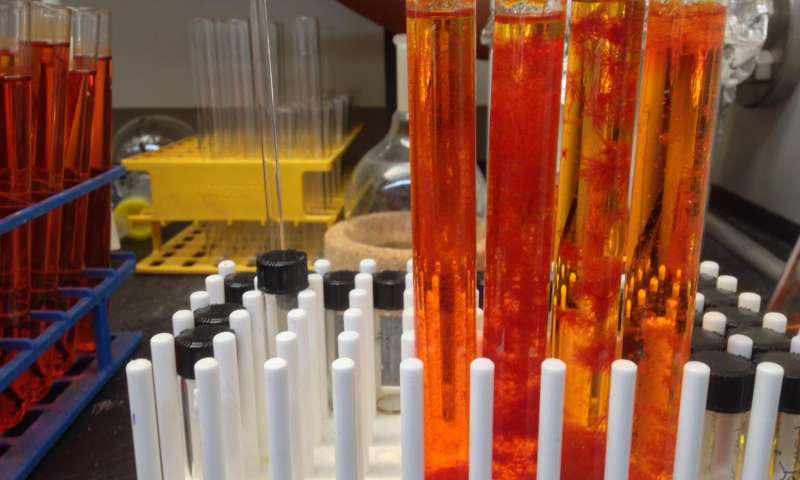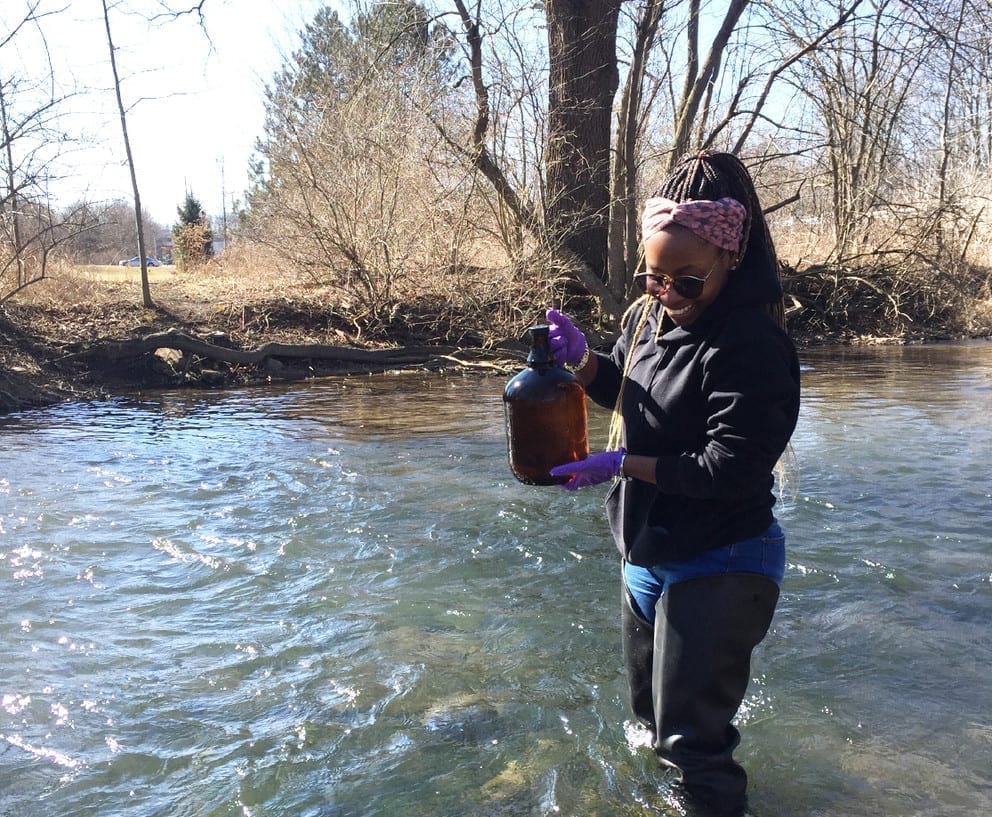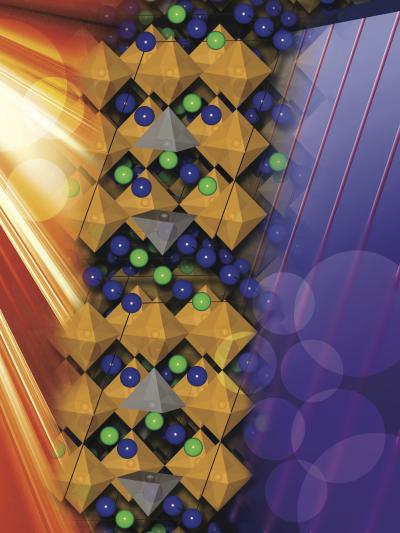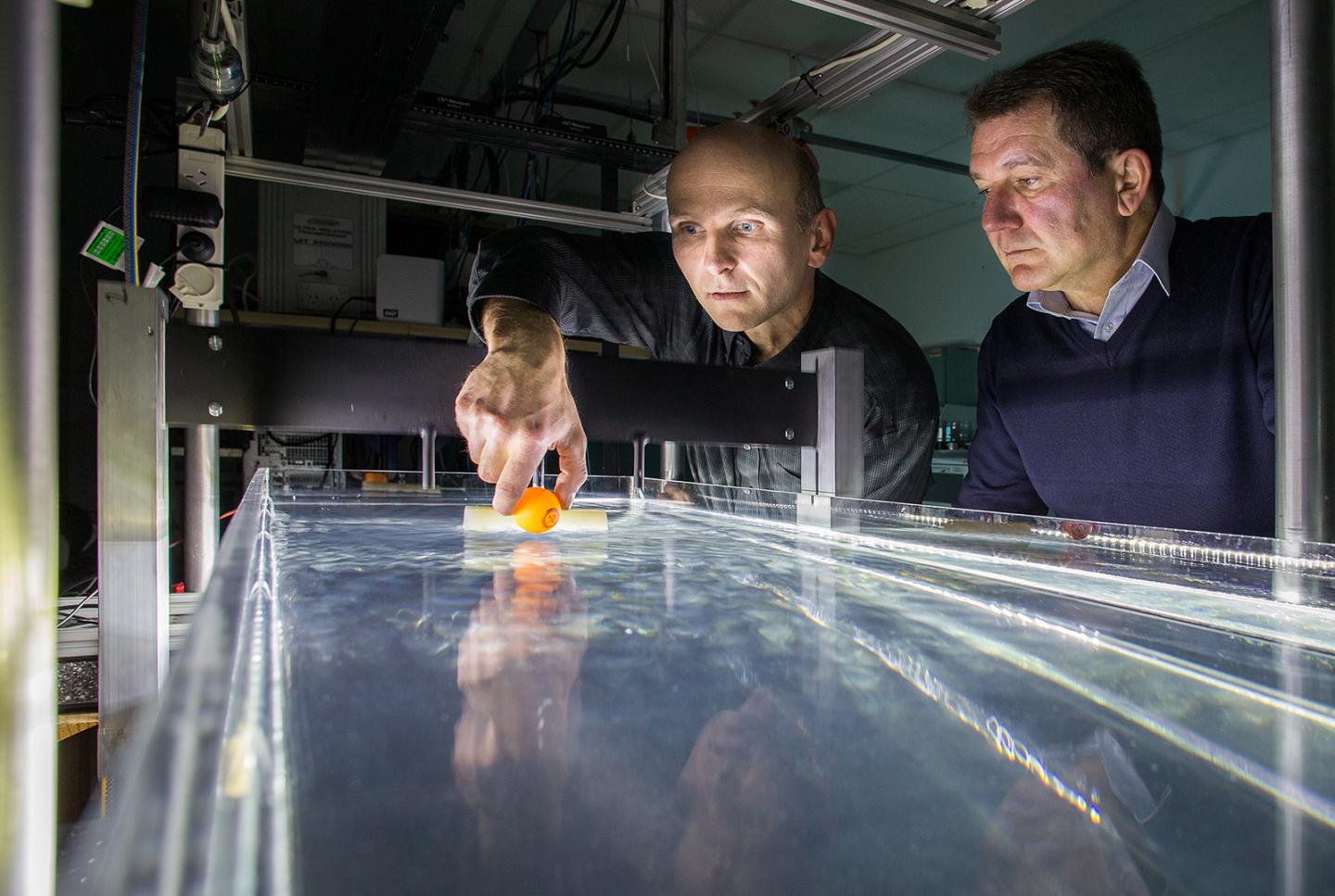
The bacterial world is rife with unusual talents, among them a knack for producing electricity. In the wild, “electrogenic” bacteria generate current as part of their metabolism, and now researchers at the University of California, Santa Barbara (UCSB), have found a way to confer that ability upon non-electrogenic bacteria. This technique could have applications for sustainable electricity generation and wastewater treatment, the researchers report February 9 in the journal Chem.
“The concept here is that if we just close the lid of the wastewater treatment tank and then give the bacteria an electrode, they can produce electricity while cleaning the water,” says co-first author Zach Rengert, a chemistry graduate student at UCSB. “And the amount of electricity they produce will never power anything very big, but it can offset the cost of cleaning water.”
The bacteria that inspired this study, Shewanella oneidensis MR-1, live in oxygen-free environments and can breathe in metal minerals and electrodes—instead of air—via current-conducting proteins in their cell membranes. Most bacterial species, however, do not have such proteins and therefore naturally do not produce current. Taking inspiration from S. oneidensis‘ membrane-spanning conductive proteins, the team hypothesized that with the right kind of bio-compatible molecular additive, this electrogenesis might be conferred to bacteria that have not evolved to do so.
The researchers, under the guidance of senior author Guillermo Bazan at UCSB, built a molecule called DFSO+, which contains an iron atom at its core. To add the DFSO+ to bacteria, the researchers dissolved a small amount of the rust-colored powder into water and added that solution to bacteria. Within a few minutes, the synthetic molecule found its way into the bacteria’s cell membranes and began conducting current through its iron core, providing a new pathway for the bacteria to shuttle electrons from inside to outside the cell.
Because the DFSO+ molecule’s shape mirrors the structure of cell membranes, it can quickly slip into the membranes and remain there comfortably for weeks. The approach might need some tweaking before being applied to long-term power generation, the researchers say, but it’s an encouraging initial finding.
Learn more: Bacteria fed synthetic iron-containing molecules turn into electrical generators
[osd_subscribe categories=’wastewater-treatment’ placeholder=’Email Address’ button_text=’Subscribe Now for any new posts on the topic “WASTEWATER TREATMENT”‘]
Receive an email update when we add a new WASTEWATER TREATMENT article.
The Latest on: DFSO+
[google_news title=”” keyword=”DFSO+” num_posts=”10″ blurb_length=”0″ show_thumb=”left”]
via Google News
The Latest on: DFSO+
- Farmers protest sluggish procurement of wheat, block road in Mansa districton April 17, 2024 at 5:13 pm
Farmers upset over the sluggish purchase of wheat at the Boha grain market blocked the Boha-Budhlada main road here today, leading to long queues ...
- Inspector among four booked for ₹20-lakh ration fraud in Panipaton April 13, 2024 at 12:38 pm
The accused were identified as Srijan Bharti, a programmer, Surender Saini, inspector, Anil Kumar and Lalita, both depot holders, police said ...
via Bing News











